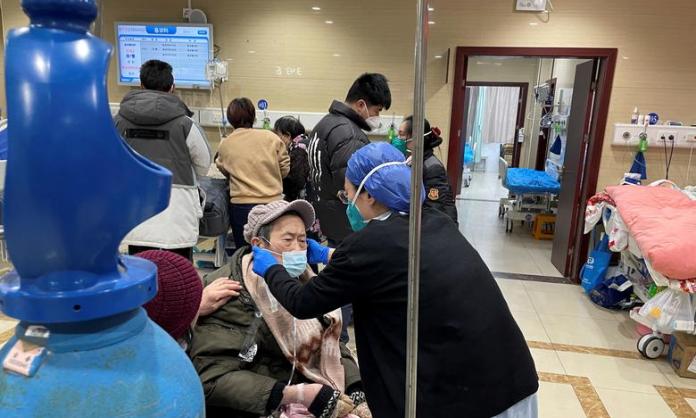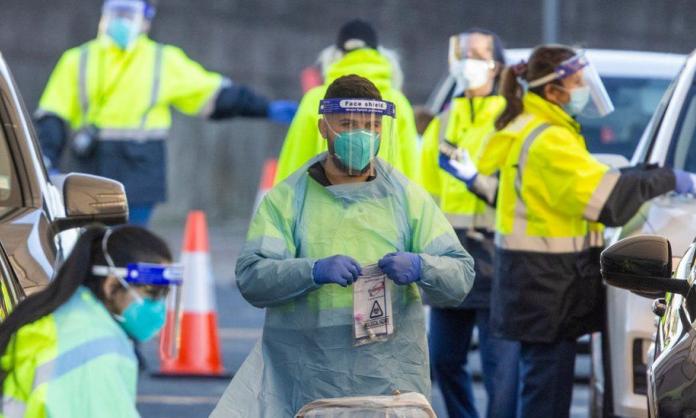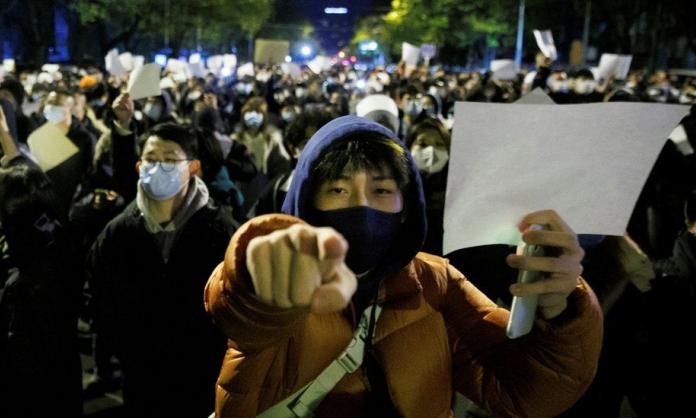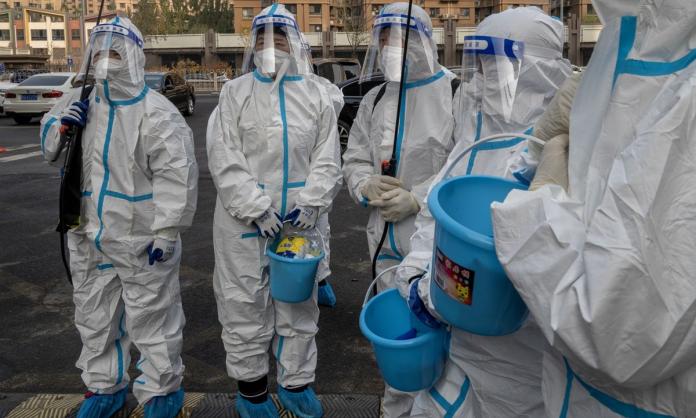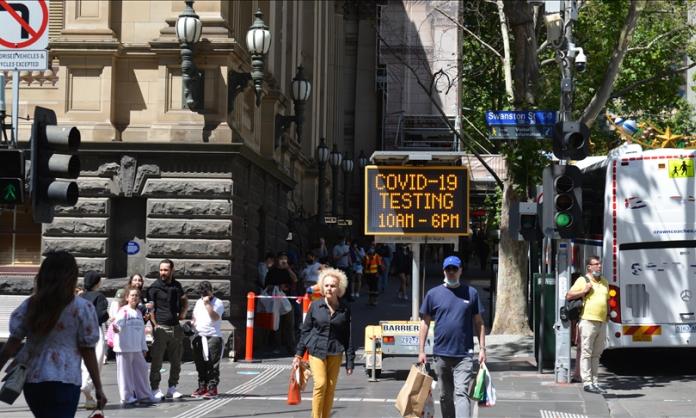Not long ago, protecting kids from COVID-19 was a key reason put forward by Victorian Premier Daniel Andrews for why the virus needed to be eliminated from Victoria. Now, the idea that kids should be protected has all but disappeared, replaced with a cold insistence that schools need to reopen as part of restarting the economy.
Preventing people from interacting in large numbers is key to reducing the spread of COVID-19. Reopening schools forces kids into a situation in which they have no choice but to be in close proximity with lots of others. Given kids under 12 at this stage cannot be vaccinated against COVID-19, the risk they face from reopening the economy is particularly acute.
The Victorian government has previously acknowledged this. In early August, playgrounds were closed and the decision defended by Andrews on the basis that 25 to 30 percent of COVID-19 cases at that point were children, many of them aged under 10. “I know it’s tough for families not to be able to take kids to playgrounds, but we have 50 kids, perhaps more now, as part of this outbreak that have got coronavirus”, he said. Later in the month, he said on Twitter, “1 in 4 cases in Victoria are kids under 9. As a dad, that terrifies me”. Andrews was right: the prospect of children in states with major outbreaks being sent back to school is terrifying.
But as soon as the Andrews government decided to abandon elimination and begin the process of opening up, it stopped talking about the risk of COVID-19 to kids. Victorian schools will be fully reopened by 26 October if the government’s current plan is implemented. In New South Wales, all students will be back by 8 November.
In the meantime, kids are still getting the virus. And as the rest of the population gets vaccinated, children are making up a larger and larger percentage of new cases.
As of 24 September, 10,666 children under 9 and 12,830 aged between 10 and 19 have been infected with the virus in Australia. On 16 August, the Guardian reported that 40 percent of all COVID-19 cases in western NSW were in Aboriginal children aged between 10 and 19. This highlights a particularly harrowing aspect of reopening: the most vulnerable will be most at risk.
In just one week during August, 204 infections were reported in children under 9 in NSW. Victoria reported 56 active cases in children aged under 9 on 18 August, and 55 in those aged 10 to 19. Victoria’s COVID-19 response commander, Jeroen Weimar, said the figures were partly reflective of outbreaks in schools. He said there were also at least two instances of transmission that occurred outdoors, according to the Guardian.
Even during lockdown in Victoria, we’ve had an example of how quickly COVID-19 can spread in a school. At least 60 coronavirus cases have been traced back to Fitzroy Community School so far. The independent school in Melbourne’s north flouted the lockdown rules to stay open until early September. At the time, around 60 students were attending each day.
Even with the adult population better vaccinated, there will still be a significant risk to children. “Parents would be right to be very concerned, particularly in the context that we don’t yet have a vaccine for all 12 to 16-year-olds [in Australia], only the vulnerable ones”, the former president of the Australian Medical Association in Western Australia, Dr Andrew Miller, told the Guardian.
Children are also vulnerable to what is increasingly being called long COVID; medium to long term symptoms including fatigue and breathlessness that continue even after patients recover from the virus. An Israeli study of 13,864 children previously diagnosed with the virus and their parents, released in early September, found that more than 11 percent of children who were diagnosed with COVID-19 showed signs of long COVID. The survey also found that 30 percent of parents reported a “deterioration in neurological, cognitive, and mental health abilities, including disturbed sleep and concentration problems, compared to before the children tested positive for COVID-19”, according to the Times of Israel. “The meaning of this is that there are currently thousands of children in Israel suffering from long-term effects”, said a statement released by the Israeli Health Ministry.
Case numbers remain very high in New South Wales and Victoria. And while many parents are understandably desperate to get their kids back to school, the risk should not be swept under the carpet by governments set on reopening for the sake of business and the economy. Reopening in this climate means knowingly forcing children into an unsafe situation. “Going with 70, 80 percent of only eligible adults [vaccinated] is neglecting our children and bordering on child abuse,” the president of the Australian Medical Association in Western Australia, Mark Duncan-Smith, said told the Guardian recently.
And yet both Andrews and New South Wales Premier Gladys Berejiklian are marching on in their attempts to push kids back to school. It’s a far cry from the moralising calls we’re usually subjected to by conservatives to “Think of the children”.







